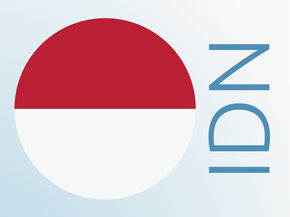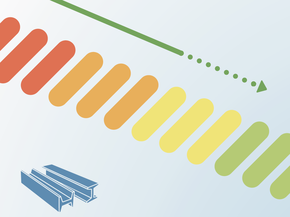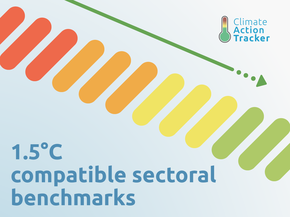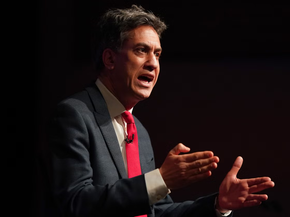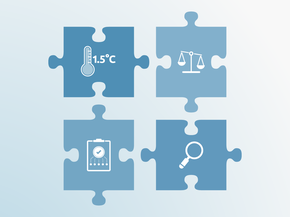Assumptions
Historical emissions
The historical dataset is based on the UNFCCC GHG inventory data for 1990 and 1994 and the GHG inventory provided in the Second National Communication for 1994–2013 (Ministry of Environment and Forest, 2015). CO2 equivalent emissions of CH4 and N2O were recalculated with the Global Warming Potentials (GWPs) of the IPCC 2nd Assessment Report (SAR). F-gases are only partially reported and their contribution is negligibly small. As a consequence, F-gases are not included in the reported historical emissions for 1994–2013.
Pledge
The 2020 target consists of a list of NAMAs (The Federal Democratic Republic of Ethiopia, 2010). Due to the high uncertainty and difficulties in quantification due to the nature of the NAMAs we abstain from quantification. Currently, there is very limited information available on status.
Targets for 2030 including LULUCF are based on the NDC submission data. We calculate the target excluding LULUCF by deducting LULUCF emission projections in 2030, based on the Climate Resilient Green Economy Strategy report (The Federal Democratic Republic of Ethopia, 2011).
Current policy projections
Due to uncertainty regarding the effective implementation of policies, we show a range of projections for the period 2014-2030.
The upper end of the range of our current policy analysis assumes that GHG emissions will grow according to the BAU scenario projections provided by the Second National Communication submitted to the UNFCCC (The Federal Democratic Republic of Ethiopia, 2015). We assume this baseline scenario includes all the policies listed in First Growth and Transformation Plan (GTP I) (Federal Democratic Republic of Ethiopia, 2010), including the renewable energy capacity extension to 8 GW and 20,000 biogas plants to come online between 2014–2017 as part of the National Biogas Programme (NBP). Since the base year for the baseline scenario is 2010, some differences emerge when comparing the projections with the inventory data already in 2013. This difference remains even after harmonising the assumptions on GWP (Global Warming Potentials): we harmonise the projections by applying baseline growth rates to 2010 historical values. To reconcile this issue, we use inventory data until 2013 and then apply a linear interpolation for the data in between 2013 (inventory data) and 2020 (harmonized baseline projections).
The lower end of the range of our current policy projections, assumes an effective implementation of the CRGE strategy as referenced in the NDC. This lower-bound scenario is based on the Second Growth and Transformation Plan (GTP II), which reiterates that Ethiopia’s Climate Resilient Green Economy strategy is fully implemented until 2020 (Federal Democratic Republic of Ethiopia, 2016).
Due to a lack of information on the progress of implementation of the GTP II, it remains unclear if the CRGE strategy will be effectively implemented by 2020. The change in leadership is another potential threat in the timely implementation.
Further analysis
Latest publications
Stay informed
Subscribe to our newsletter

